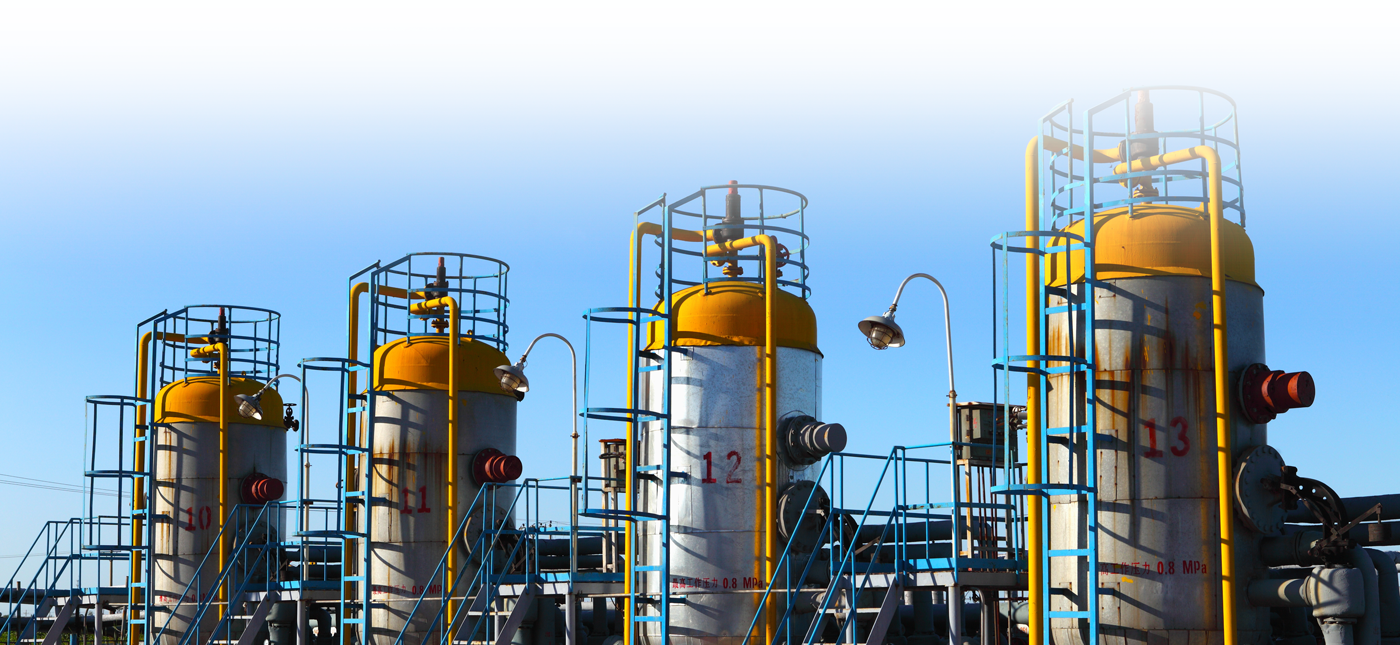Compressor Vibration
Engineering the Reliability of Reciprocating Compressor Systems
Paper No. 76
J. C. Wachel and J. D. Tison, Fifth International Conference on Process Plant Reliability, Houston, TX, October 2-4, 1996.
Excessive vibration in reciprocating compressor piping is a major cause of machinery downtime in refineries and petrochemical plants and is often the result of inadequate pulsation control. Often, this is brought about by a misunderstanding of the importance of proper acoustical design procedures and the desire to minimize costs of the design, fabrication and installation of the equipment. Compromises in the acoustical design can result in excessive pulsation-induced shaking forces in the piping system. It often means that, upon startup, extensive bracing of the piping is needed on an expedited basis to allow operation, or worse yet, the system must be completely shutdown.
API 618 Design Approaches 2 and 3 [1] are specified for most high horsepower, high pressure units to ensure acceptable dynamic stresses. Many companies specify that Design Approach 3 studies be performed; however, sometimes they insist that only a simple surge-type pulsation bottle be used on the suction and the discharge manifold systems, which contradicts the guidelines laid down in the API standard. For low molecular weight gases, such as gases with high hydrogen content, it is often possible to achieve acceptable pulsation levels with simple surge volumes and orifice plates. However, applying Design Approach 3 for other systems often requires the use of volume-choke-volume (Helmholtz) filter designs in order to achieve adequate filtering of the pulsations that are transmitted into the piping system. This is particularly true for multiple units in parallel and for units which have variable speed and loading conditions.
Numerous design evaluations and field tests have proven that the philosophy of specifying a “One Bottle Design” to lower initial costs is in poor judgment. Consultants who claim that “Two Bottle Filter Designs” are rarely or never needed for control of pulsation are putting their clients at unnecessary risk, either as a result of inaccurate modeling techniques or lack of experience in actual field installations. Actually, in many systems, it can be difficult to obtain acceptable pulsation levels, even when two volume filter systems are used.
Data from case histories will show the consequences of inadequate pulsation control. Improved pulsation attenuation and control of existing one bottle systems can sometimes be achieved by the use of orifices; however, the operating company will have to pay for the excessive pressure drop over the life of the plant. The initial capital cost of the extra bottle in a filter system can be trivial when the costs associated with pressure drop, downtime, pipe supports, long-term maintenance and safety are considered.
Download PDF
